Moss panel in the interior
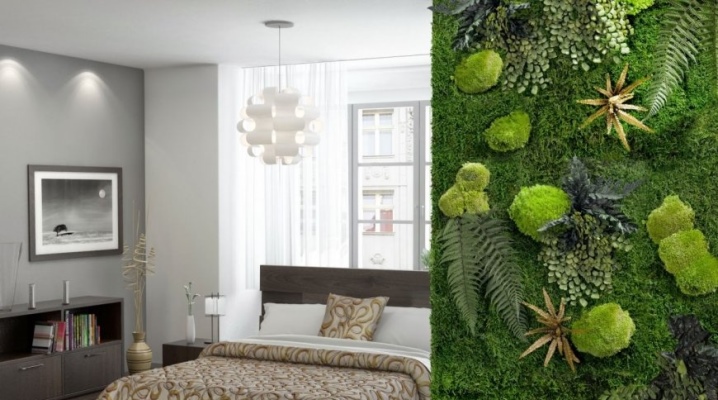
Plants in the interior have become a familiar detail and resting corner. The moss panel not only adds originality, but also relaxes the eyes and helps relieve the nervous system. The green velvety compositions are reminiscent of pristine nature and pristine forest. For those who do not have time to care for live plants, stabilized moss can be recommended.

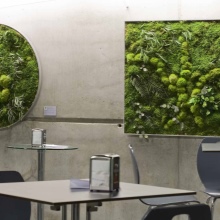
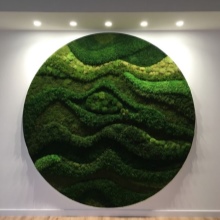
Peculiarities
For the first time, moss in the interior was used in Norway, and it was precisely stabilized. Only then did he gain popularity all over the world. It is a safe and unusual design for your home and office.
There are a lot of different types of moss, its representatives do not always look like a lichen familiar to everyone.
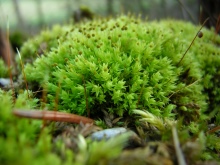
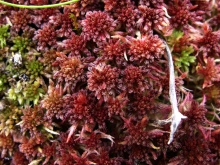
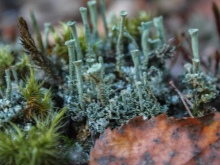
Reindeer moss
Grows in cold climatic zones of Europe, Canada, Siberia. Its natural color is white and can be painted in any shade. Long and lush in structure, it allows you to create voluminous compositions. Most often used in phytodesign.
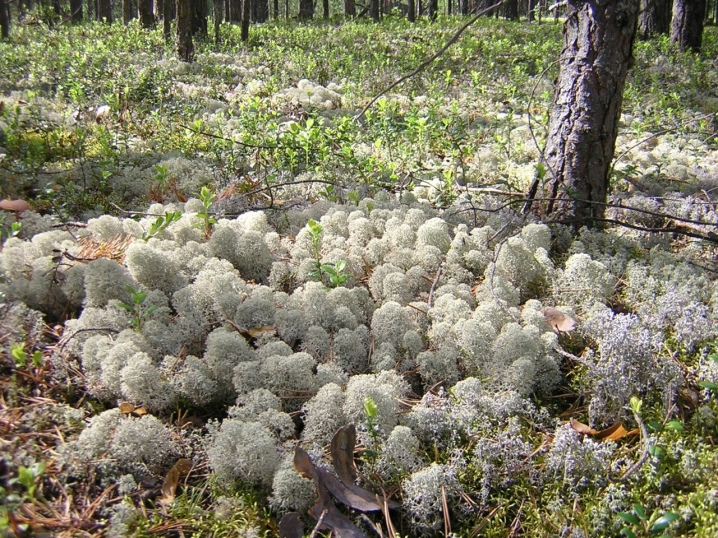
Sphagnum
Grows in marshes in temperate climates. This bed variety is less voluminous and textured than reindeer lichen. Undeniable dignity - a single plate is suitable for an even, uniform background.
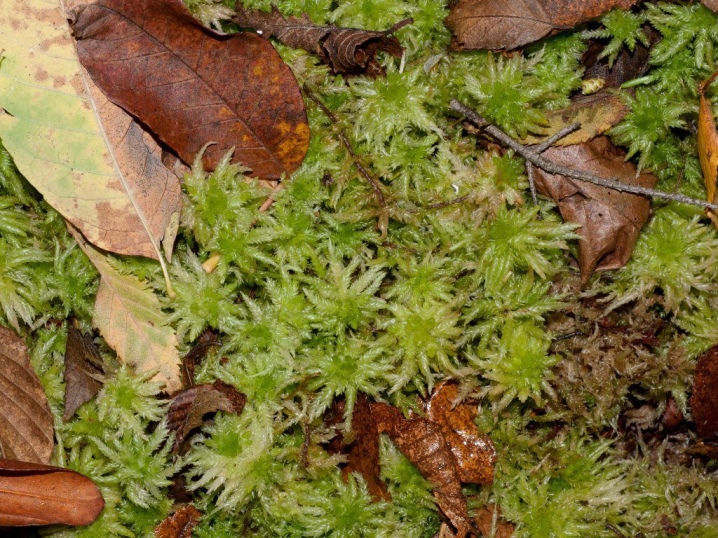
Dicranum, leucobrius, hypnum
These varieties form semicircular bumps, which differ in the texture of the villi, and are often used for landscape design. Great for wall reliefs.

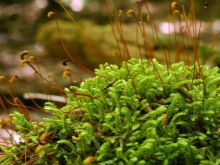
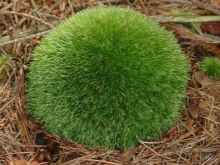
Oak moss
Lichen that lives on oak branches or conifers. It has a characteristic white color and a branched structure. Its unusual shape makes it an original element in phyto-painting, and a pleasant woody-sweet aroma is appreciated in perfumery.

Kukushkin flax
Characteristic short, thin leaves, located on an elongated stem, like flax. Forms boxes, similar to a seated cuckoo, which is why it got its name. It is found everywhere in Russia. Suitable for both the background and as an addition.
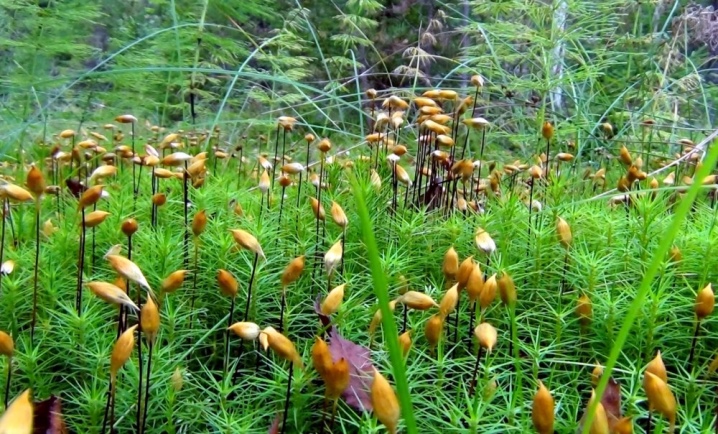
A living plant needs care, over time, the green surface changes its texture: in some areas it dries up, and in others it grows. Extinct fragments must be replaced with new ones.
Stabilized moss paintings are indistinguishable from real ones. Stabilized moss is a natural plant product in which all the liquid is replaced with glycerin. This is one of the most demanded eco-materials for interior decoration. Provides the owner:
a feeling of closeness with nature;
additional sound insulation;
takes excess moisture from the air;
only light dusting.
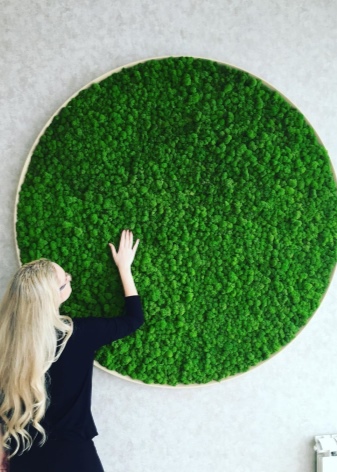
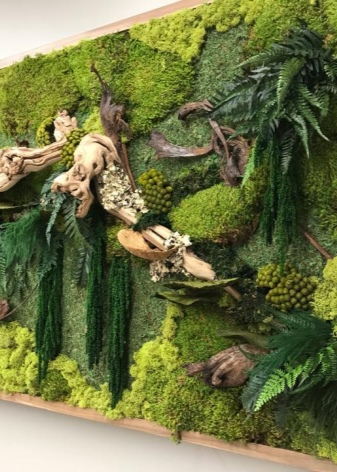
Stabilized lichen also has disadvantages: it does not withstand low temperatures, dry air, exposure to direct sunlight and water.
Usually, such panels are made by professional florists, who are based on the tastes and wishes of the client.
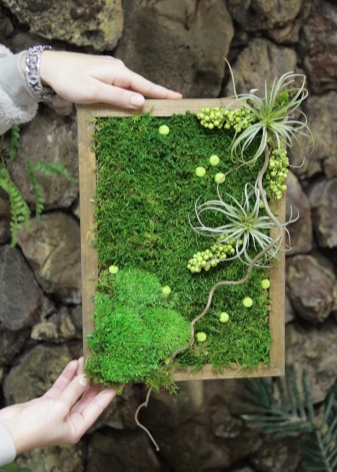
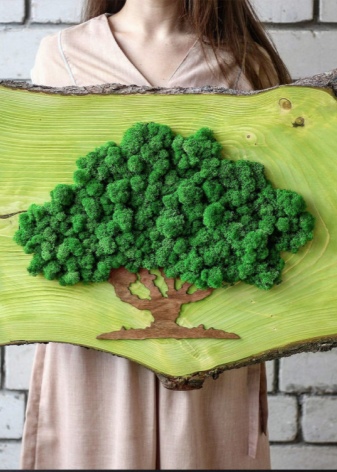
Variety of options
Natural and natural compositions - such an impression is made by paintings of moss. Branches, stones, leaves, flowers are often used in decoration.
The most common shape is square, but there are other options. Simplest - it is a green uniform surface in a square frame, the size can be any - from a small square to a huge pattern on the entire wall.
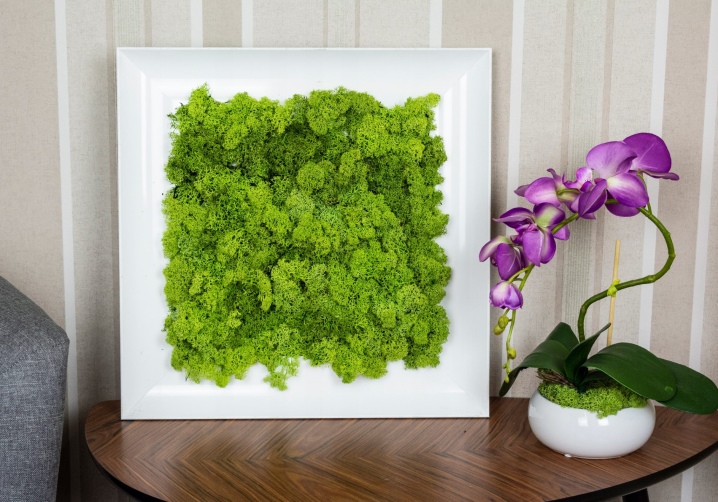
Smooth and volumetric surface textures are distinguished.
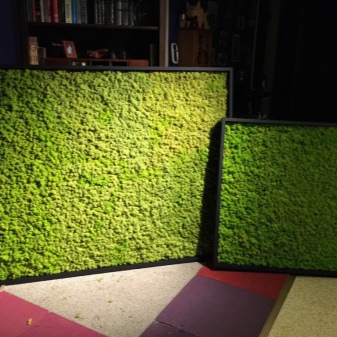
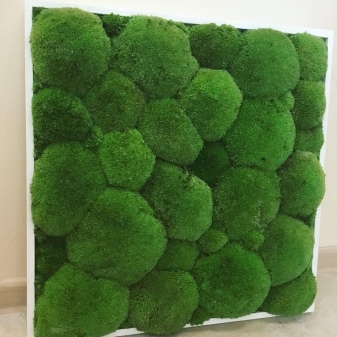
Collages of different types of mosses look unusual.

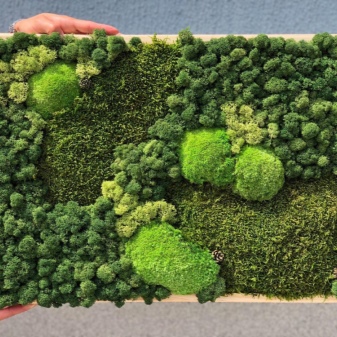
Shapes, letters, lettering and patterns are created from multi-colored textures.
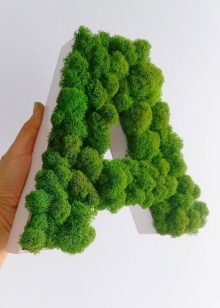
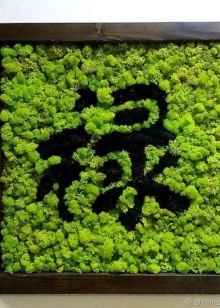

Small driftwood on green velvet reminds of the forest gloom at the roots of trees.
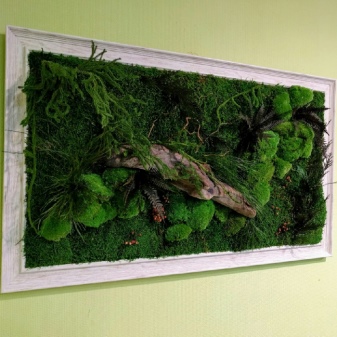
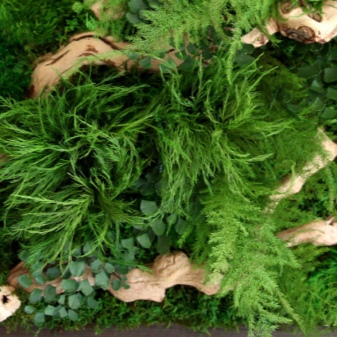
In combination with a fern, a lush carpet is obtained.

Beautiful corners of nature recreate floral sketches with flowering plants. Moss panels with silicone flowers look like real bouquets.
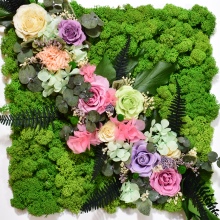
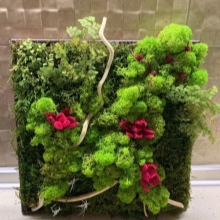
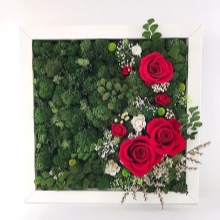
It goes well with various elements from light butterflies to mossy stones.
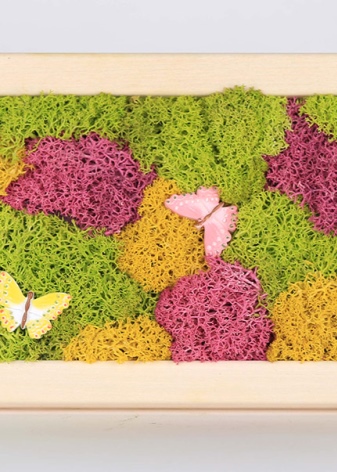
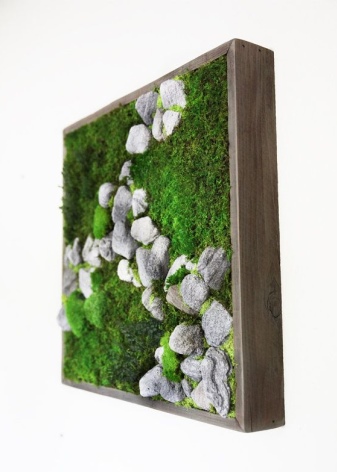
And such a contrast is given by green velvet and bright buds.
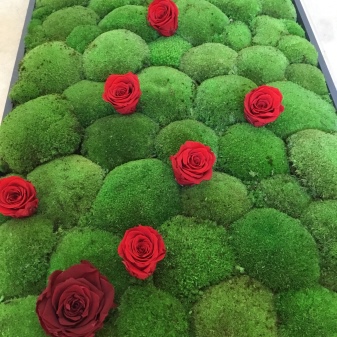
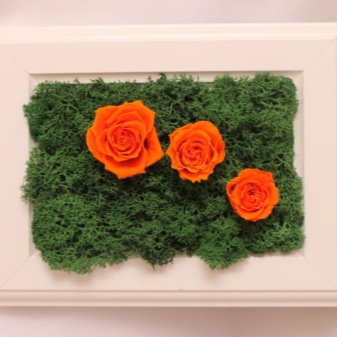
How to do it yourself?
The biggest disadvantage of such a decor is its high cost, a miniature made of a monochromatic material measuring 30 x 30 cm will cost 3000 rubles. The larger the format, the higher the price.
Moss grows almost everywhere in our country. Anyone can collect, process and make a canvas from a natural product.
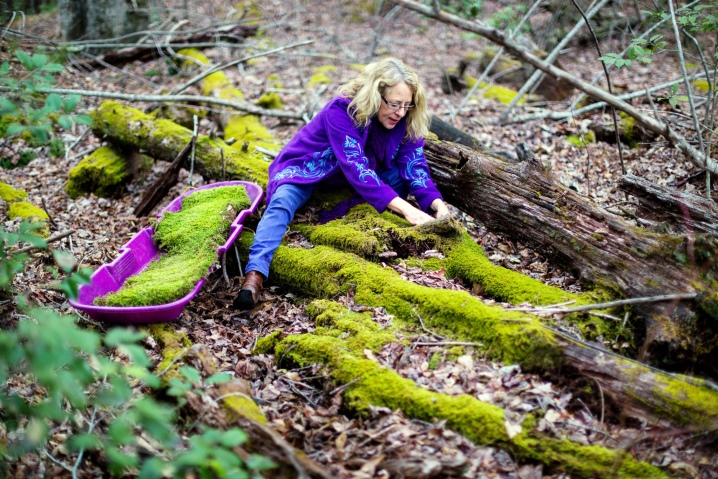
Step-by-step instruction
Step 1 - collecting material
It is recommended to procure raw materials in dry areas. Do not take yellowed and damaged parts.
Carefully removed from the place where it grows, for reservoir and in the form of a bump a small spatula will come in handy. In order not to disturb the ecological balance, do not collect the moss layer completely, you need to leave about one third.
Clean from debris and dirt, place in a rigid container or basket, transport carefully. It can crumble.

Step 2 - preparing the moss
Option 1
Would need:
- glycerin - 2 liters;
- methyl hydrate - 1 liter.
Mix the components, place natural moss in the solution for 10 minutes, then remove and squeeze gently. Dry on a paper towel in a ventilated place for 3 days. The finished raw material becomes elastic.
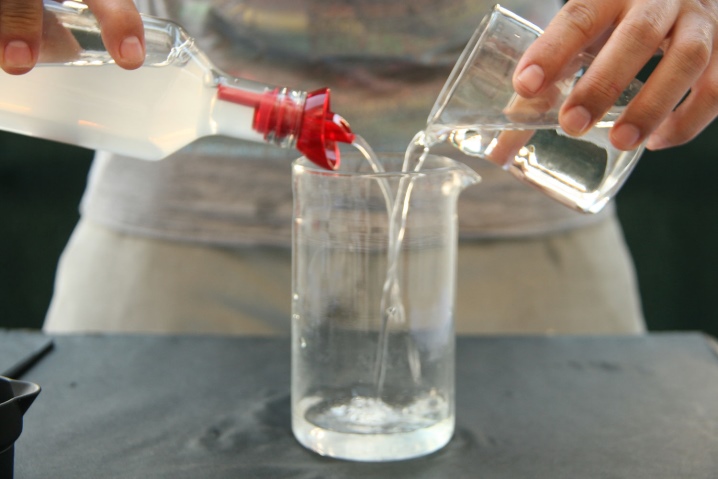
Option 2
Would need:
- water - 1 liter;
- glycerin - 1 liter;
- pigment composition - 200 ml.
In a vessel, glycerin is combined with water, then a dye is poured in - the color can be any. The moss is placed in a deep plastic container, filled with solution and tightly closed.
After a week, the liquid is drained, and the container is filled with fresh solution. After 7 days, take out and dry in a horizontal position.
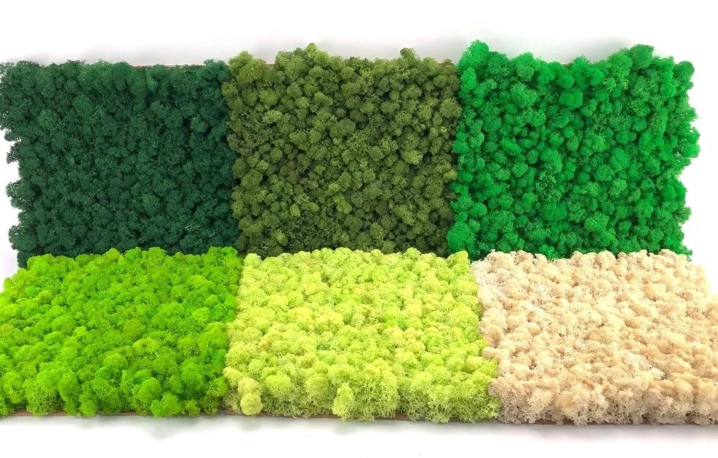
3rd step - making a panel
Materials and tools:
base made of plastic, plywood, foam;
moss at the rate of 100 grams per A4 format;
jute mesh;
stapler;
additional decor;
glue gun;
frame.

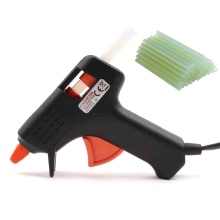


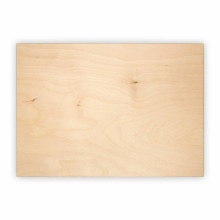

The sequence of work is presented below.
Attach the frame to the base, outline the boundaries.
Before starting work, collect the future composition on the table without glue.
On the basis of mark up the preliminary scheme.
Stretch the jute net with a stapler.
Take a moss layer, apply glue over the entire area and attach to the base.
Glued in successive rows.
Then glue other decorative elements.
Allow to dry and install the frame.
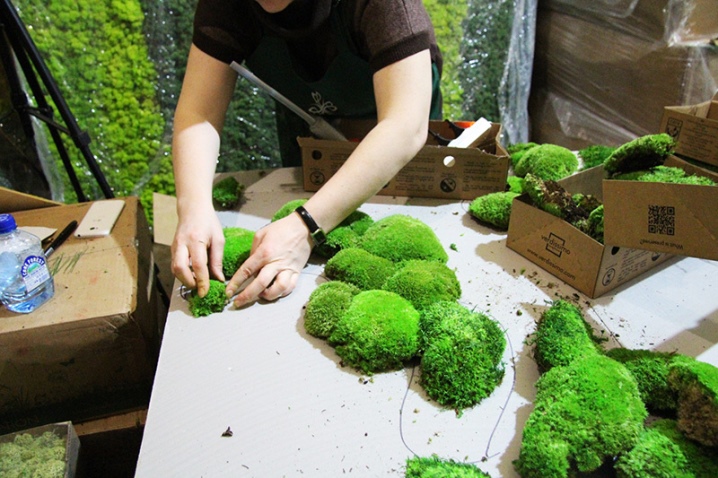
The frame can be attached to the base in advance. In this case, the moss is laid along its edge.
Examples in the interior
Green panels on the wall give the impression of a natural corner.

The combination of different components results in a striking collage.
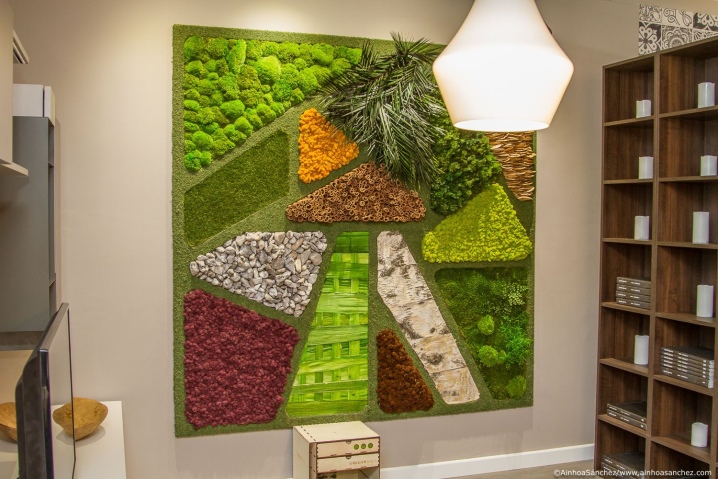
Green "rugs" in the bathroom are very popular - they absorb moisture and refresh the interior.
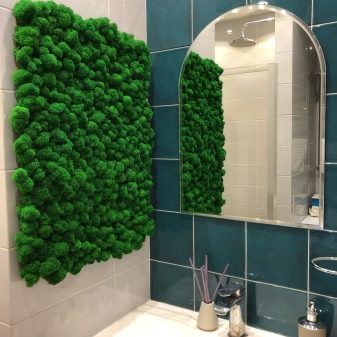
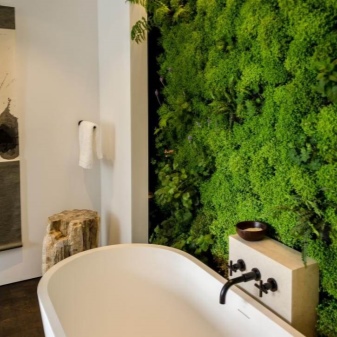
Warm color combinations are a good solution for a recreation area.
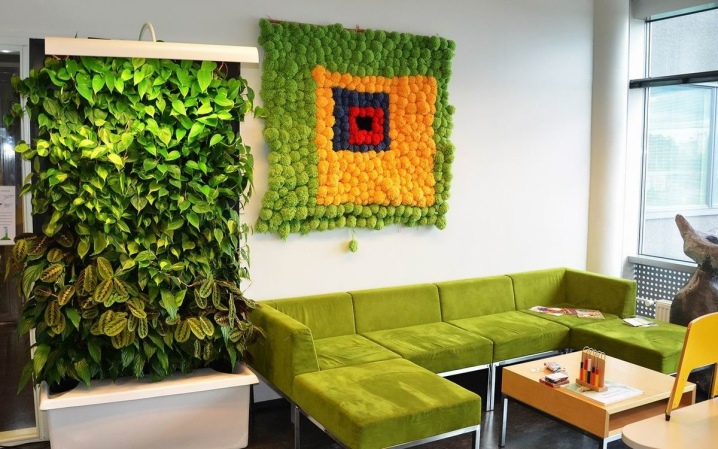
Such decoration in the corridor and hallway is a worthy alternative to graphics and painting.
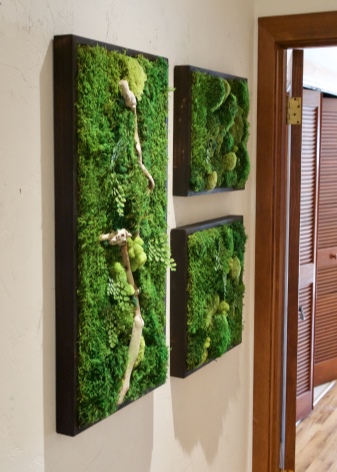
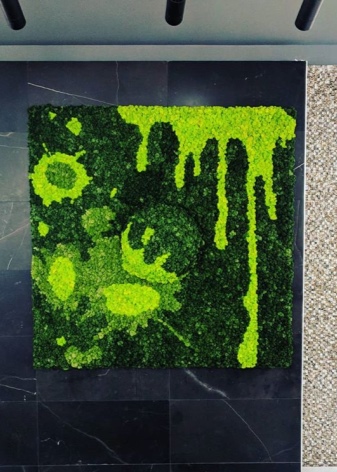
A small forest glade on the wall of an apartment in the city center.
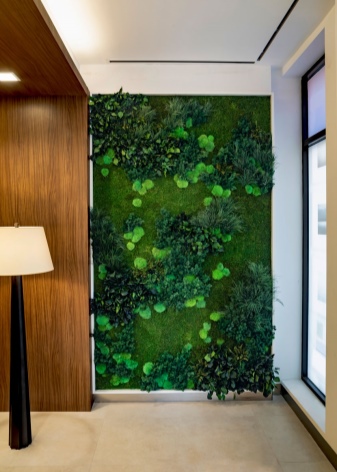
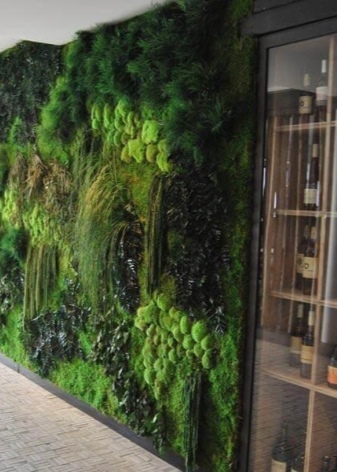
The embossed carpet visually expands the room.
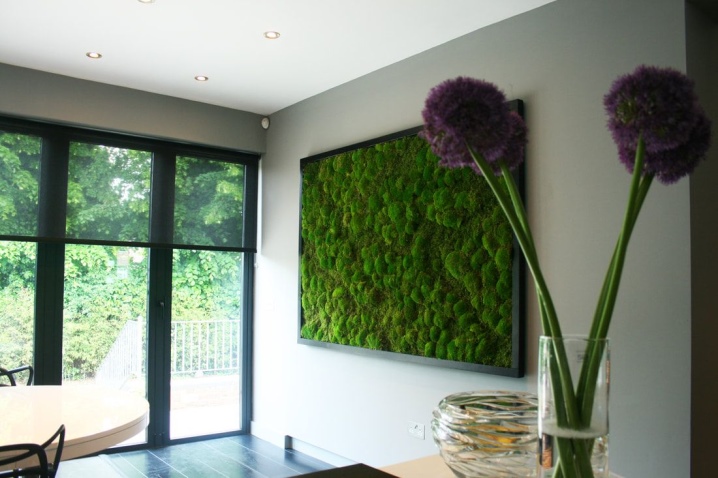
Several details will add brightness and volume to the interior.
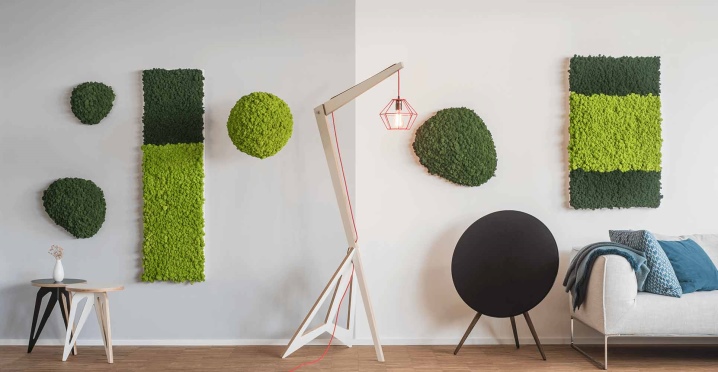
For information on how to make a panel of stabilized moss with your own hands, see the next video.













The comment was sent successfully.